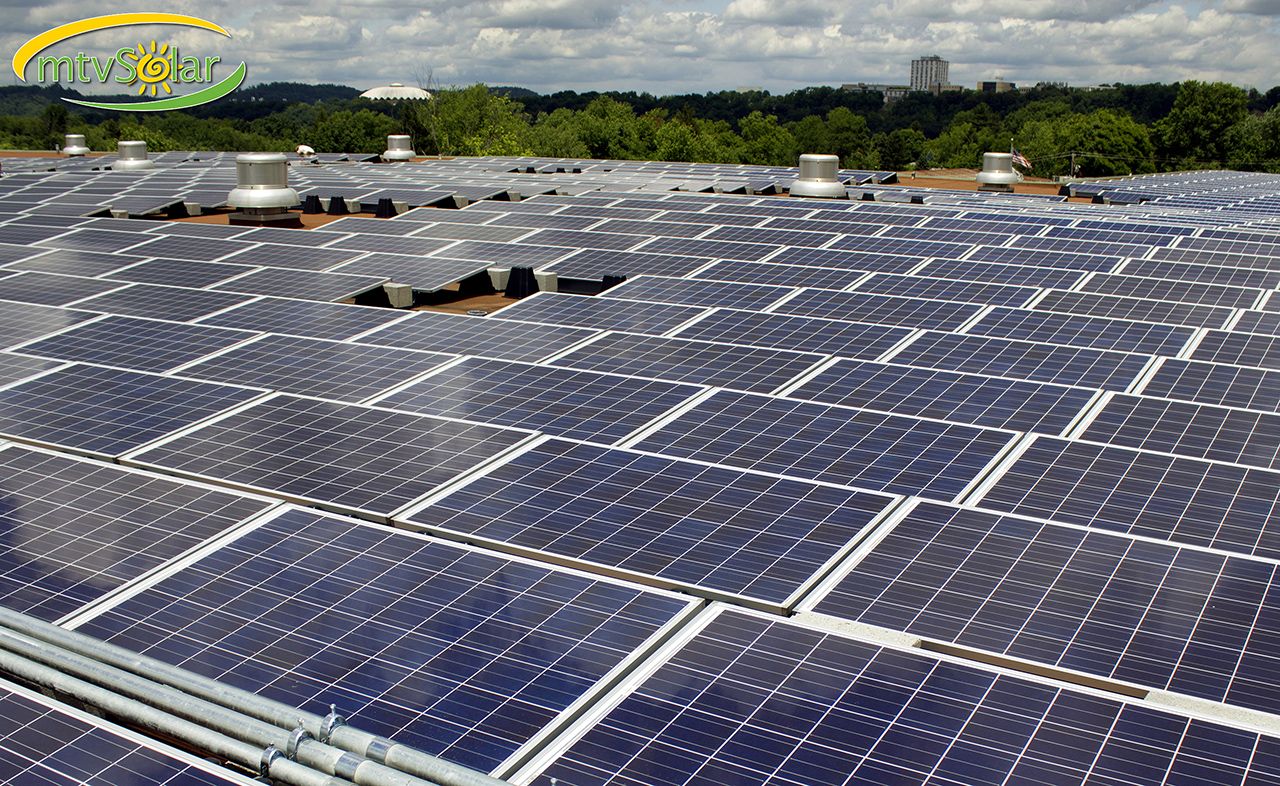 Solar power has a reputation for environmental friendliness, and for good reason. A solar panel generates energy by converting sunlight into electricity without emitting the greenhouse gases and other pollutants that come from burning fossil fuels. Even some renewable energy sources can have negative environmental impacts as they generate power, such as the light and noise pollution from wind farms, or potential sea life degradation near tidal energy projects. But not solar panels, which sit on roofs or in open land quietly, cleanly pumping out electrons.
Solar power has a reputation for environmental friendliness, and for good reason. A solar panel generates energy by converting sunlight into electricity without emitting the greenhouse gases and other pollutants that come from burning fossil fuels. Even some renewable energy sources can have negative environmental impacts as they generate power, such as the light and noise pollution from wind farms, or potential sea life degradation near tidal energy projects. But not solar panels, which sit on roofs or in open land quietly, cleanly pumping out electrons.
There is, however, another side to the solar power story that can paint a different picture of solar’s environmental impact. For, although solar panels generate clean energy, they can be somewhat dirty to manufacture. And, the solar industry has grown at least in part due to manufacturers shifting production to low-cost locales with lax environmental regulations. As a result, solar panels can have widely varying carbon footprints depending on upon where in the world they were produced.
In this article, we discuss the factors that contribute to the carbon footprint of solar cells, and how mtvSolar goes about choosing only the most environmentally friendly solar panels for our customers.
“Carbon Debt” and Environmental Impact of the Solar Panel Lifecycle
Solar cells and panels do not exist naturally in nature, obviously. They must be manufactured. Manufacturing consumes fossil-fuel generated energy and involves potentially toxic inputs. As solar energy use has grown, so has awareness of the environmental cost of producing solar equipment.
The greenhouse gas-related cost of producing solar panels is sometimes referred to as the “carbon debt” that a solar installation must “repay” before it can deliver environmental benefits. Determining a solar panel’s “carbon debt” primarily involves assessing the volume of greenhouse gases released in:
- Mining and transporting the raw silica from which most solar cells are made (e.g., gas consumed by mining equipment, and trucks, trains, and ocean vessels carrying raw materials);
- Providing the energy consumed by solar panel manufacturing facilities (e.g., coal, oil, and natural gas burned by power plants that supply electricity to manufacturers); and
- Transporting finished solar panels to their point of installation (as above, emissions from trucks, trains, and ships carrying shipments of finished solar panels).
In addition, the lifecycle of solar panels can involve other, non-carbon-related environmental impacts. Toxic chemicals are used in the process of producing solar panels and must be disposed of in an environmentally responsible manner. The water used in producing solar panels must be treated and may be a limited resource in some manufacturing locations. And, of course, if solar panels are thrown away instead of recycled, they occupy space in landfills.
Manufacturing Location Matters
American home and business owners can limit the “carbon debt” and other environmental impacts of their solar installations by selecting solar panels manufactured close to home. A variety of factors contribute to the relatively low carbon footprint and overall environmental friendliness of solar equipment manufactured in North America. Firstly, environmental regulation in the United States and Canada tends to be far more strict and better enforced than in many other solar cell producing nations. As a result, North American solar panel manufacturing facilities are by and large cleaner and more energy efficient than their foreign competitors, particularly certain competitors located in Asia, where the bulk of cheaper solar panels are made. Also, to the extent North American manufacturers source the silica for their solar cells from Canadian and U.S. mines, their products will also benefit from stricter environmental oversight of mining industries here.
Additionally, sourcing solar panels from U.S. and Canadian manufacturers substantially cuts the carbon cost that results from transporting new panels over long distances. Two functionally-identical solar panels, one imported from Asia into a port on the West Coast and then hauled to West Virginia by truck and/or train, the other manufactured outside of Toronto and driven south over the border, will have a significantly different “carbon debt” to repay based on distance traveled alone. What is more, the cleanliness of transport may differ substantially nation-to-nation. If vehicle emissions standards in Asia, for instance, are less strict than in the U.S. or Canada, then the “first mile” a solar panel travels from an Asian manufacturing facility will cause the release of more greenhouse gases than the equivalent mile traveled from a North American facility.
A 2014 study comparing solar manufacturing in China and Europe (a regulatory environment similar to North America’s) confirms the general premise that solar panels made in higher-regulation locations have a smaller “carbon debt” than their competitors in lower-regulation locales. To be clear, however, as this review from Carbon Brief points out, although solar panels have a carbon footprint that can vary in size, the overall carbon impact of solar energy is tiny compared to carbon-rich energy sources like coal and natural gas. Indeed, a 2016 study argues that over the past 40-years, the worldwide use of solar energy has reached a “break even” point at which the overall “carbon debt” of solar panels has been “repaid.” The net carbon-free benefit of solar can be expected to increase, also, as more solar panel manufacturers use their own solar panels to power their manufacturing facilities.
Our Commitment to Low-Carbon-Footprint Manufacturers
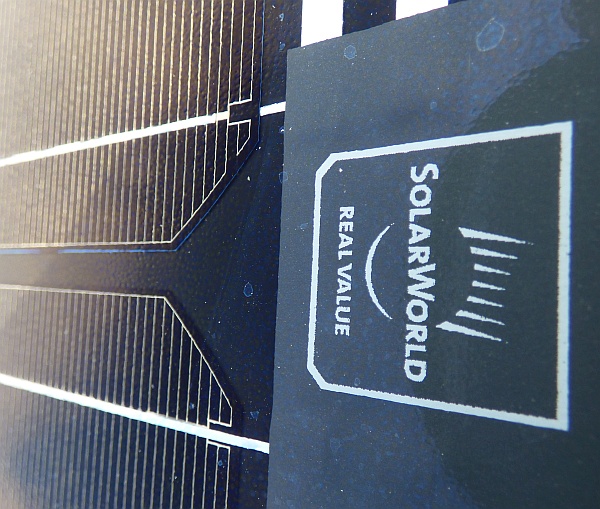 At Mountain View Solar, we aim to minimize the “carbon debt” of the solar systems we install by selling solar panels manufactured by SolarWorld and SilFab, two North American producers with sterling, long-term commitments to making high quality environmentally friendly products.
At Mountain View Solar, we aim to minimize the “carbon debt” of the solar systems we install by selling solar panels manufactured by SolarWorld and SilFab, two North American producers with sterling, long-term commitments to making high quality environmentally friendly products.
SolarWorld has been manufacturing solar panels in the United States since 1975. Although it has manufacturing facilities around the world, nearly all of the products SolarWorld sells in the U.S. come from its state-of-the-art, high-efficiency facility in Hillsboro, Oregon. SolarWorld has been recognized as being among the most transparent and environmentally conscientious solar manufacturers in the world.
SilFab manufactures solar equipment at a clean, modern, production facility in Mississauga, Ontario, Canada. That location helpfully minimizes the distance its solar panels have to travel to reach our customers in the mid-Atlantic region. SilFab has a 35-year track record of producing some of the most efficient, dependable solar panels available on the market and has consistently been named a Top Solar Panel Products manufacturer by Solar Power World.
Contact Us Today
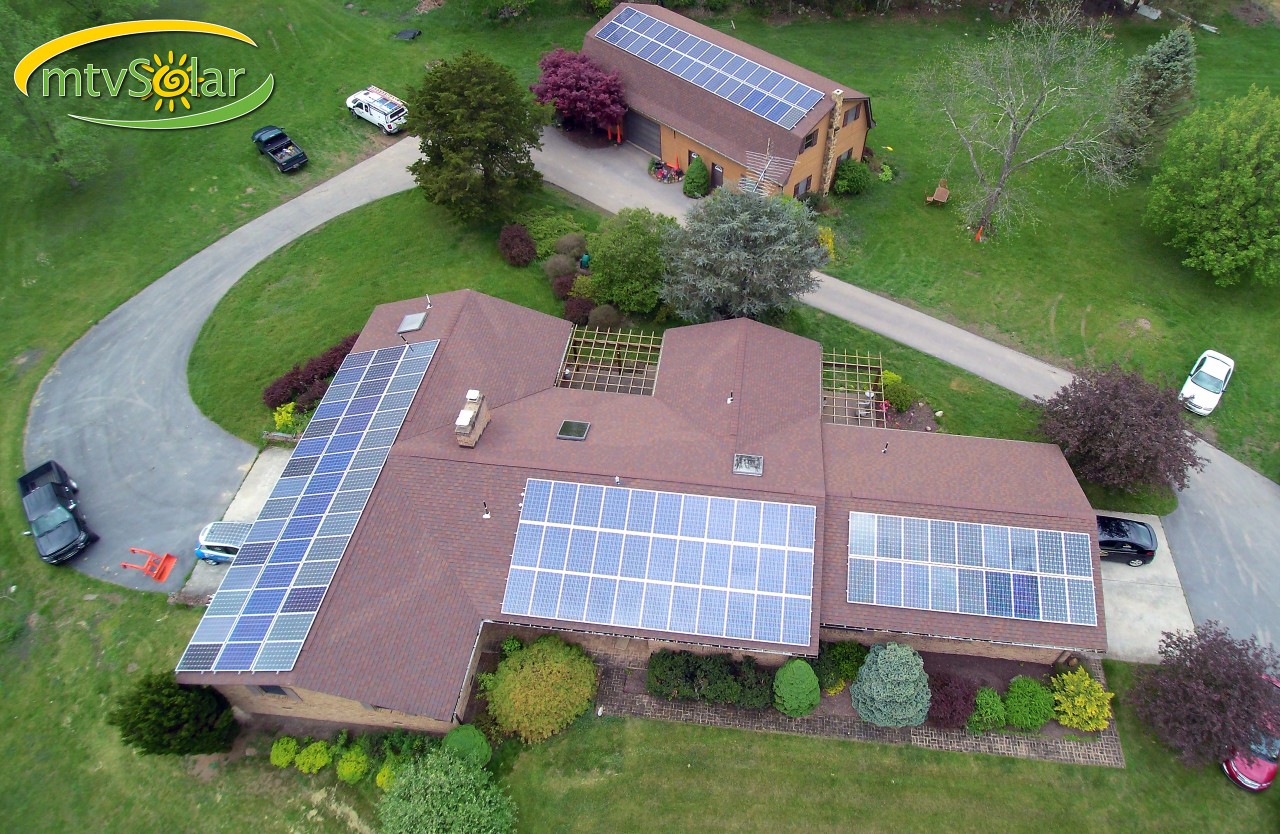
Here at Mountain View Solar, we like to say that solar power is good for the planet and the pocketbook. We strive to ensure that the solar equipment we install makes the most of both of those benefits by minimizing the debt carbon and financial that our systems stand to “repay”.
mtvSolar doesn’t just talk the talk, we walk the walk. With 30kW of solar installed on our main office, our own carbon load is reduced substantially. In addition, we own multiple plug-in-hybrid and electric vehicles charged from the sun!
Please fill out our free consultation form now to learn more about our affordable, low “carbon debt” solar products. Our zero-pressure sales team can explain our options. mtvSolar is your local West Virginia, Virginia, Maryland and Pennsylvania contractor, with NABCEP certified employees and all proper licenses and insurance.

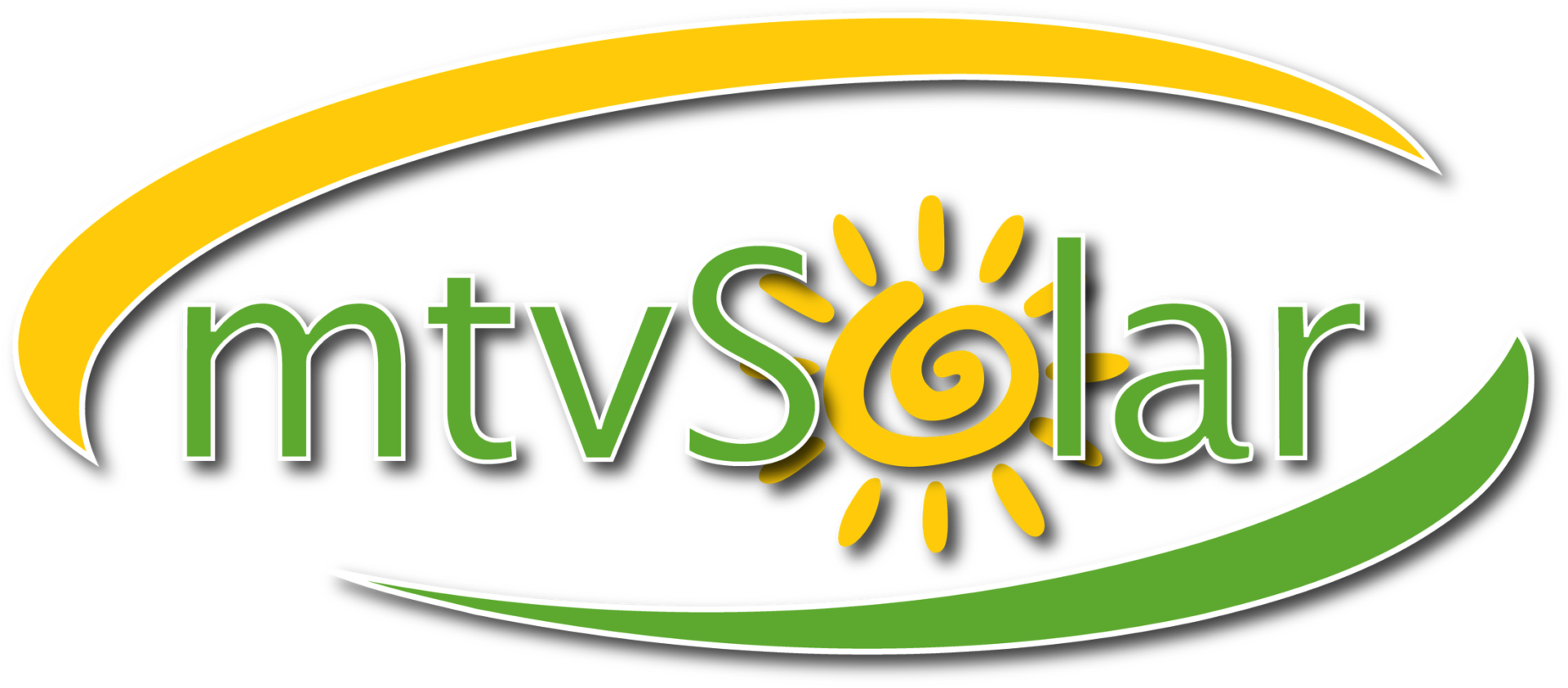
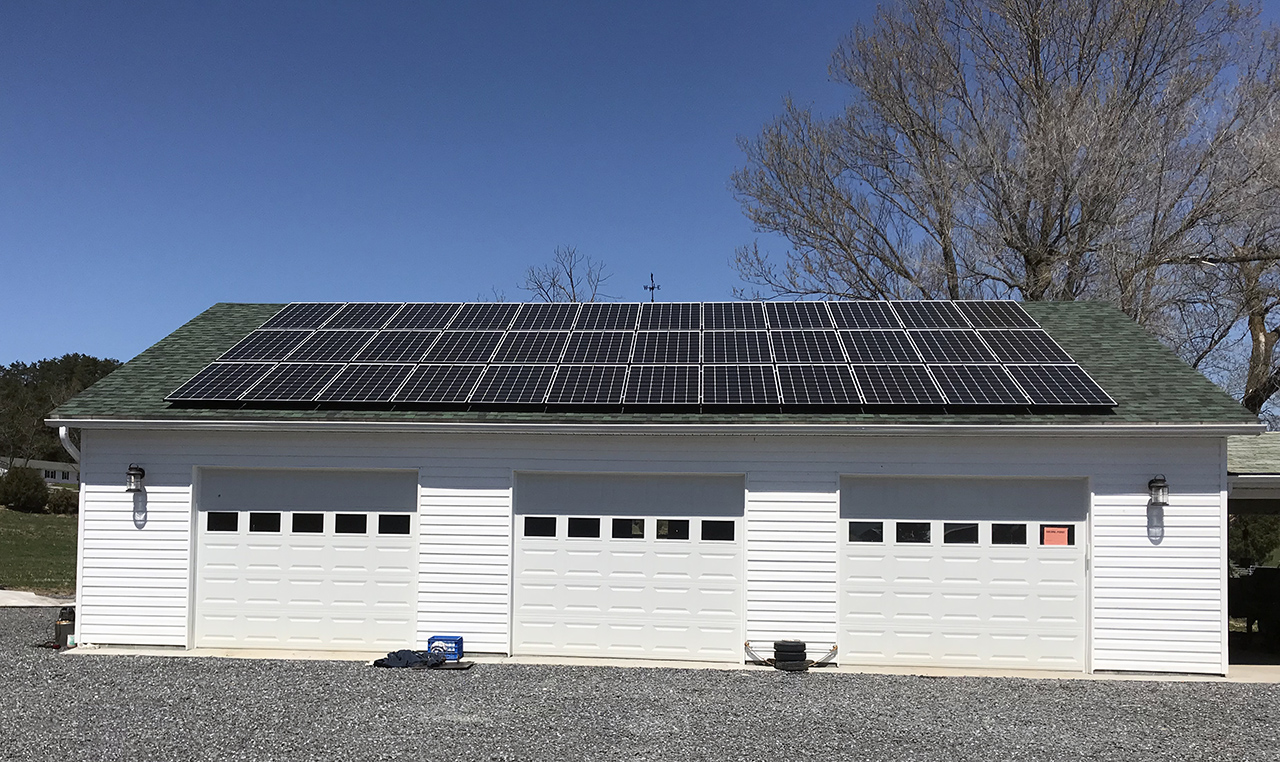
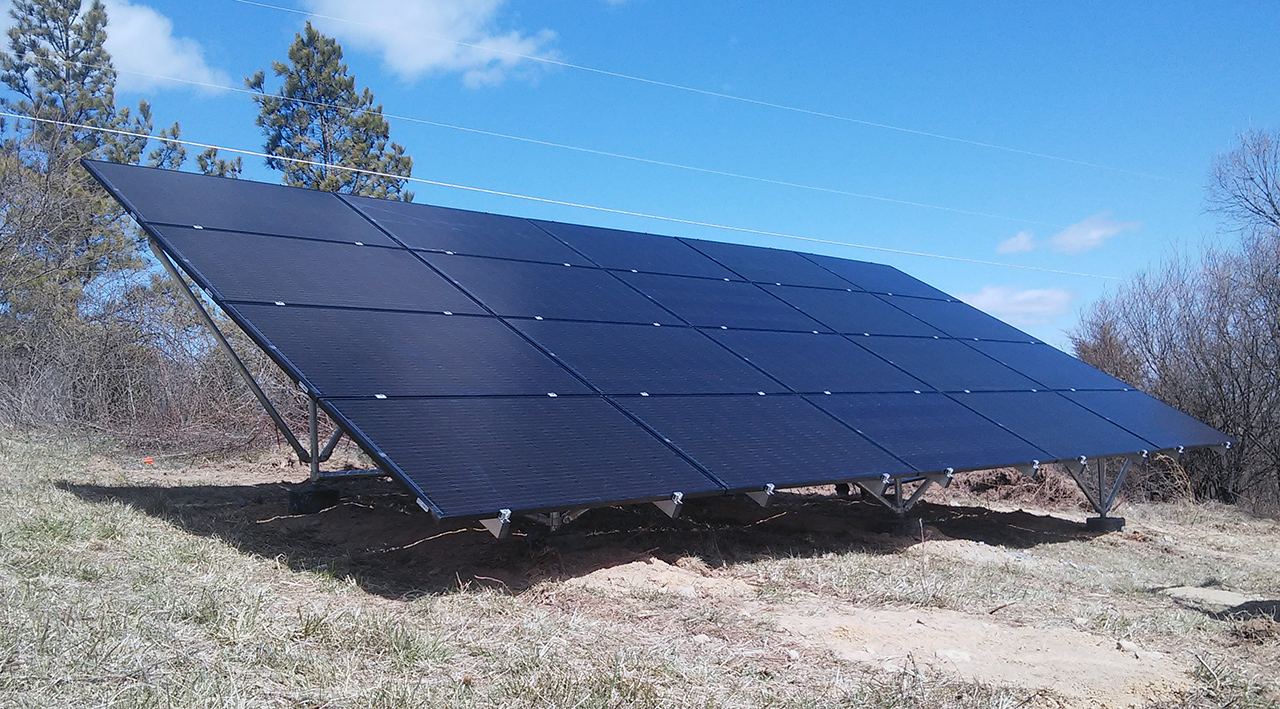 Myth #3: Solar is High Maintenance
Myth #3: Solar is High Maintenance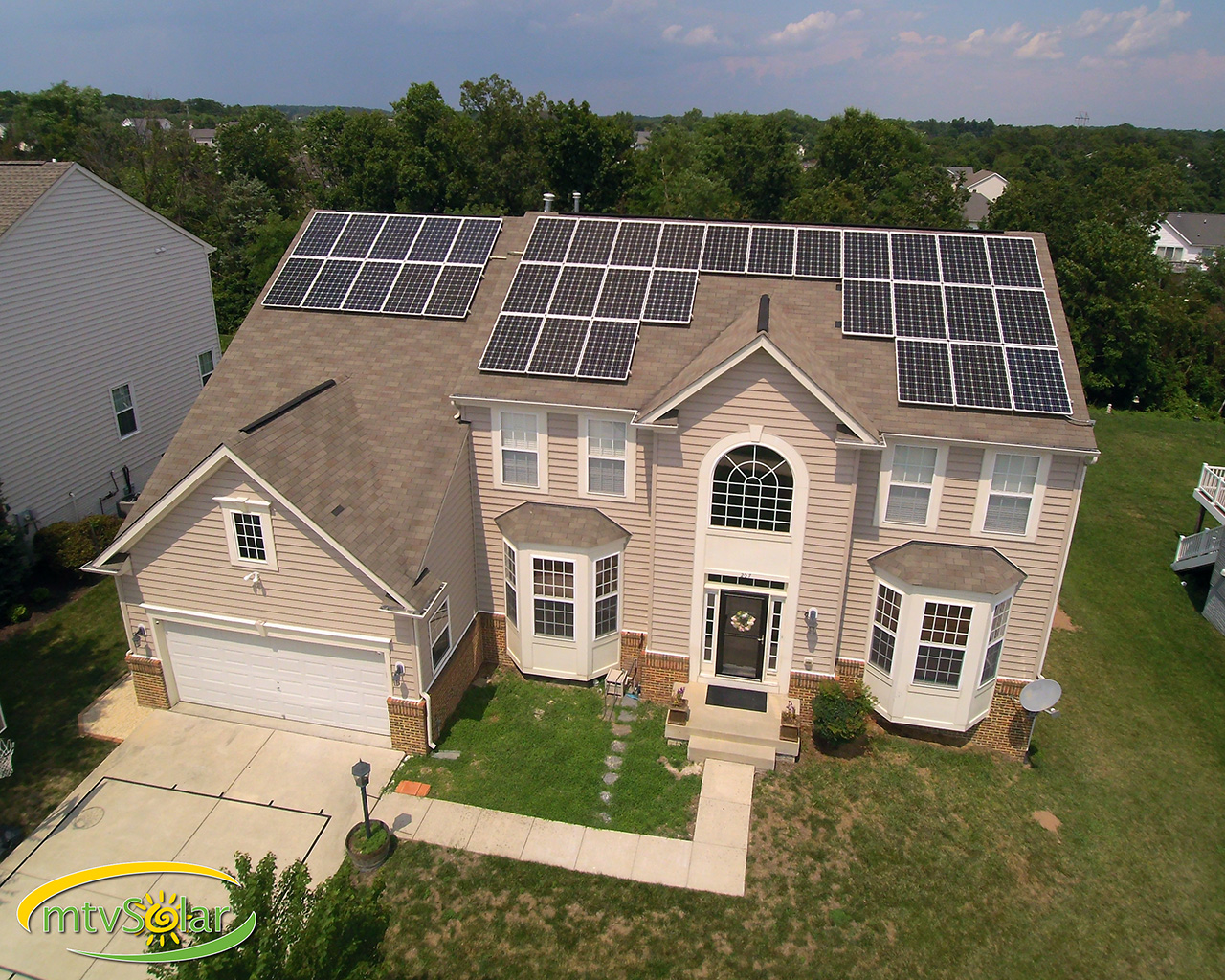 Myth #6: Solar Panels Generate Electricity From Moonlight
Myth #6: Solar Panels Generate Electricity From Moonlight You might think that because solar panels convert sunlight into energy, the hotter a sunny day is the more energy a solar panel will produce. That might also lead you to think that it only makes sense to install solar in hot places, like Florida or the desert Southwest. But that’s not the case. In fact, the opposite is true. Heat increases the current produced by a solar cell but reduces the voltage. As a result,
You might think that because solar panels convert sunlight into energy, the hotter a sunny day is the more energy a solar panel will produce. That might also lead you to think that it only makes sense to install solar in hot places, like Florida or the desert Southwest. But that’s not the case. In fact, the opposite is true. Heat increases the current produced by a solar cell but reduces the voltage. As a result, 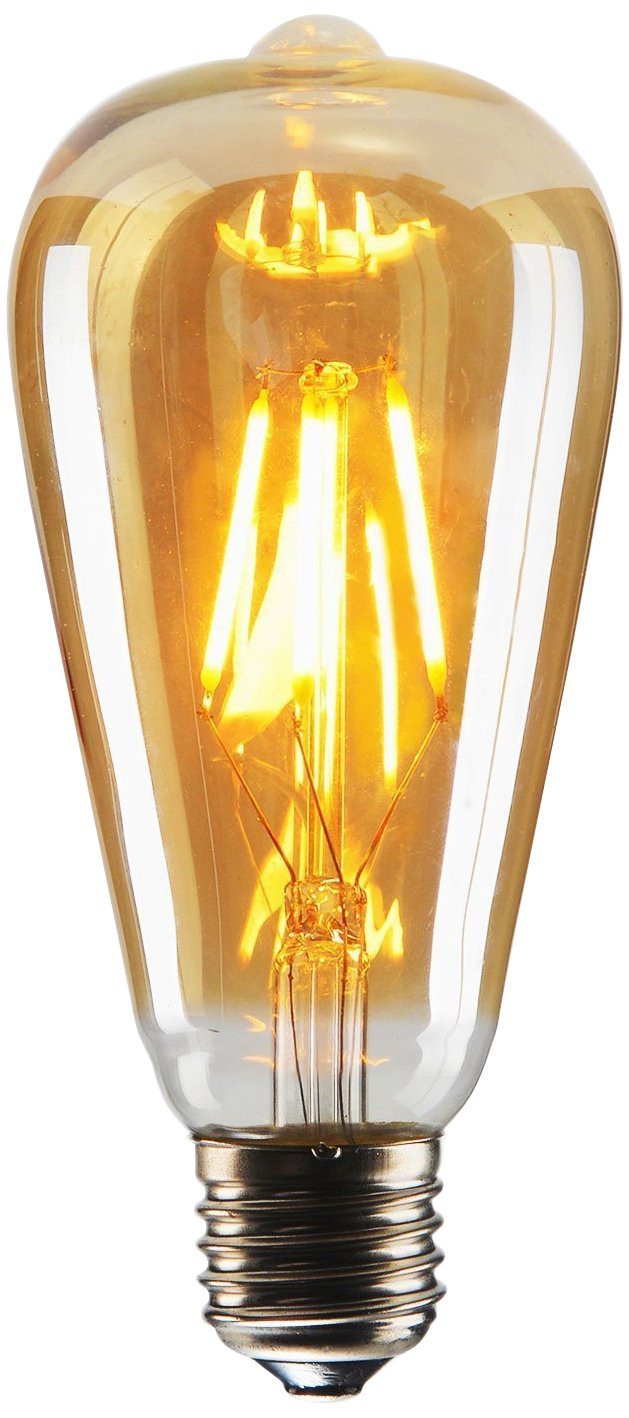 You might be surprised just how much electricity your lamps actually take up. Fortunately, it’s easy to reduce that cost. Replace your incandescent light bulbs with LED alternatives for significant savings.
You might be surprised just how much electricity your lamps actually take up. Fortunately, it’s easy to reduce that cost. Replace your incandescent light bulbs with LED alternatives for significant savings.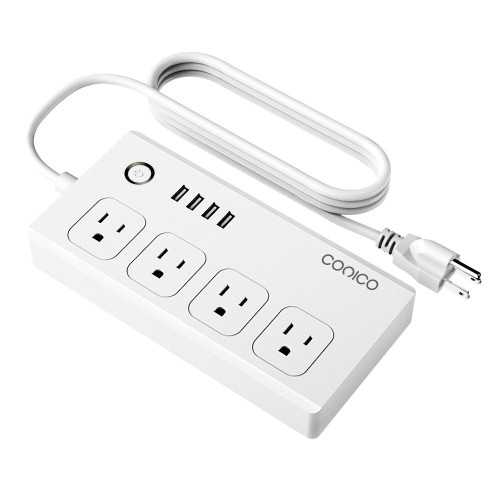 Naturally, your electronics and appliances need energy when they’re turned on. But you might not know that they actually require some power while in standby mode, too. Over time, that can add up to increase your utility bills.
Naturally, your electronics and appliances need energy when they’re turned on. But you might not know that they actually require some power while in standby mode, too. Over time, that can add up to increase your utility bills.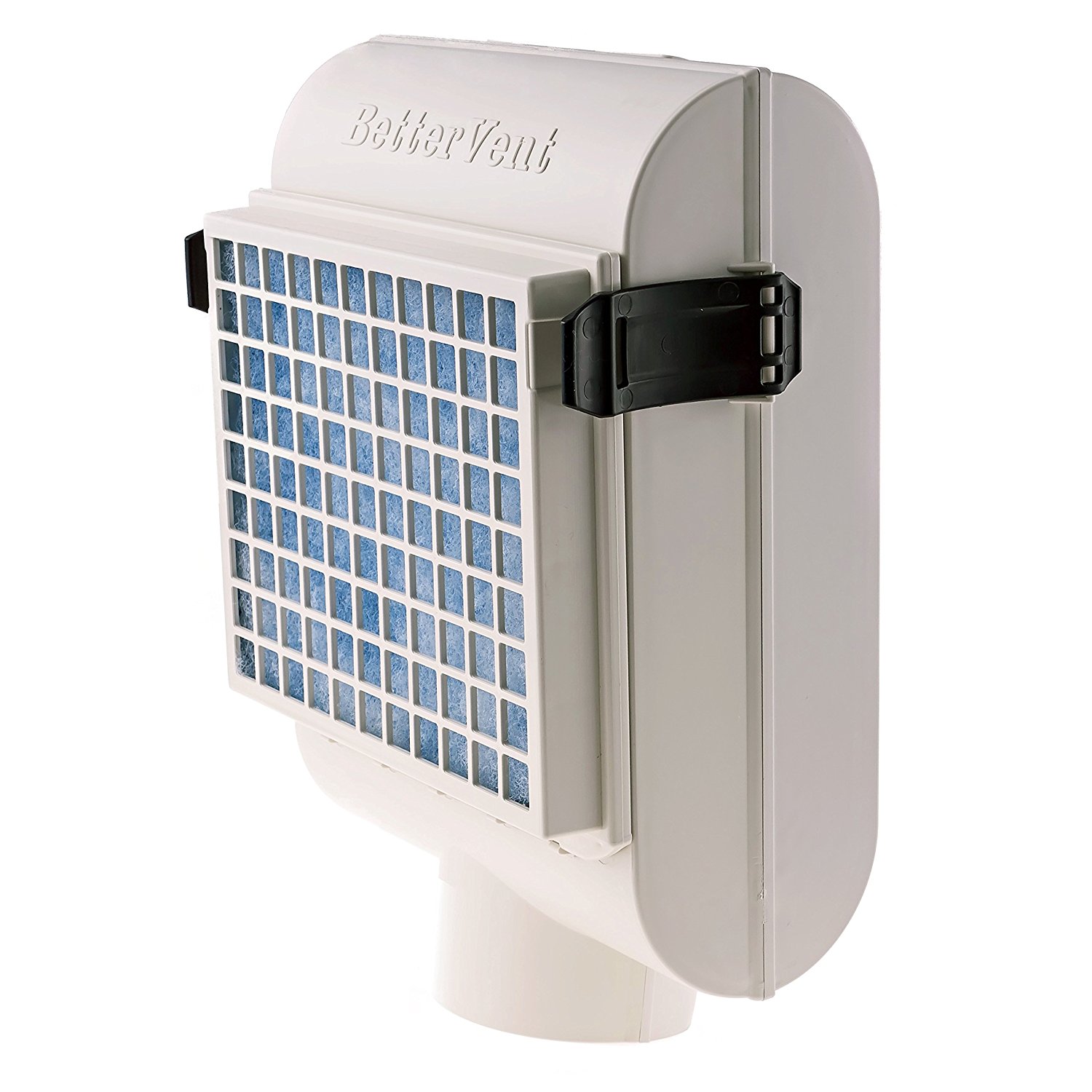 Chances are you use a dryer for your clothes when doing laundry. But what happens with all that heat getting pushed around to make sure you don’t put on a wet shirt? Too often, it’s wasted as hot air blown outside the house. That doesn’t have to be the case.
Chances are you use a dryer for your clothes when doing laundry. But what happens with all that heat getting pushed around to make sure you don’t put on a wet shirt? Too often, it’s wasted as hot air blown outside the house. That doesn’t have to be the case.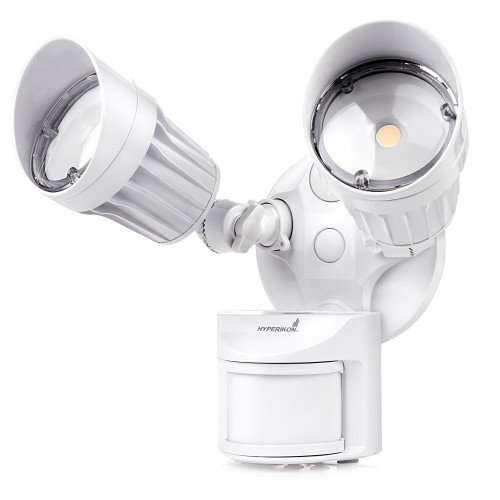 It’s too easy to leave lights on when you leave a room. That’s especially true for kids. Before you know it, the kitchen light stays on all night, or you forget to turn off the garage light after doing some work on the weekend. Outdoor lights are sometimes on light sensors and stay on all night.
It’s too easy to leave lights on when you leave a room. That’s especially true for kids. Before you know it, the kitchen light stays on all night, or you forget to turn off the garage light after doing some work on the weekend. Outdoor lights are sometimes on light sensors and stay on all night.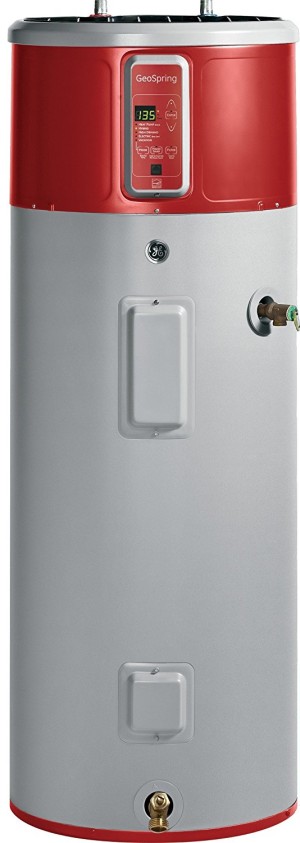 We all need hot water, but that hot water is also one of the largest energy users in the average home. A few fixes for your water heater can make a big difference on your monthly bills:
We all need hot water, but that hot water is also one of the largest energy users in the average home. A few fixes for your water heater can make a big difference on your monthly bills: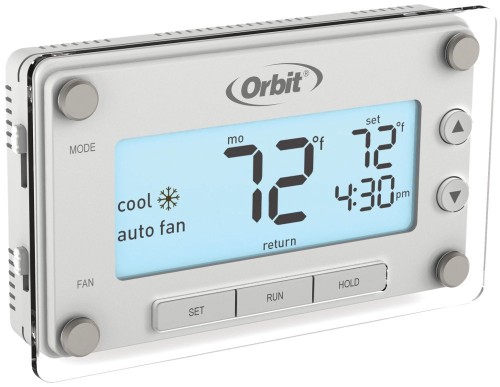 When possible, think about more than two desired temperatures for your home. Sure, you want it to be comfortable during the day, and cool during the night. But what about working hours, or the times when the family enjoys your kid’s soccer games?
When possible, think about more than two desired temperatures for your home. Sure, you want it to be comfortable during the day, and cool during the night. But what about working hours, or the times when the family enjoys your kid’s soccer games?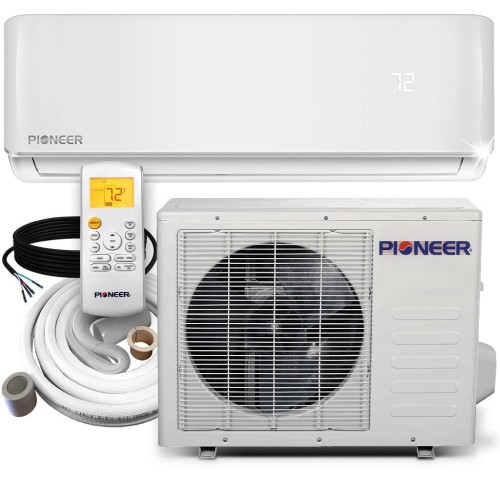 Many older homes are heated by baseboards or radiators. Worse still, some of your rooms may need space heaters because their insulation is worse than others, or because the amount of base heaters simply isn’t enough. In each case, you actually waste significant energy.
Many older homes are heated by baseboards or radiators. Worse still, some of your rooms may need space heaters because their insulation is worse than others, or because the amount of base heaters simply isn’t enough. In each case, you actually waste significant energy. Did you know that according to the EPA, your toilet can use up to 30 percent of the water in your home during an average day? We all need it, and we all need to flush. Still, you have a significant energy-saving opportunity.
Did you know that according to the EPA, your toilet can use up to 30 percent of the water in your home during an average day? We all need it, and we all need to flush. Still, you have a significant energy-saving opportunity. Don’t underestimate the importance of regularly cleaning and potentially replacing your furnace and air conditioning filters. They naturally accumulate dirt over time. But the dirtier they are, the less air will flow through them.
Don’t underestimate the importance of regularly cleaning and potentially replacing your furnace and air conditioning filters. They naturally accumulate dirt over time. But the dirtier they are, the less air will flow through them.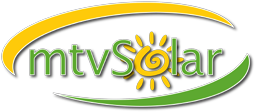 Some of these steps only take minutes. Others might require professional installation. All of them have one thing in common: they lower your energy usage, and as a result reduce your utility costs. Once you’ve made your home more efficient, you can further reduce or even eliminate your electric bill altogether with solar. Because you’ve made your home more efficient, the size and cost of the system you need will be lower.
Some of these steps only take minutes. Others might require professional installation. All of them have one thing in common: they lower your energy usage, and as a result reduce your utility costs. Once you’ve made your home more efficient, you can further reduce or even eliminate your electric bill altogether with solar. Because you’ve made your home more efficient, the size and cost of the system you need will be lower.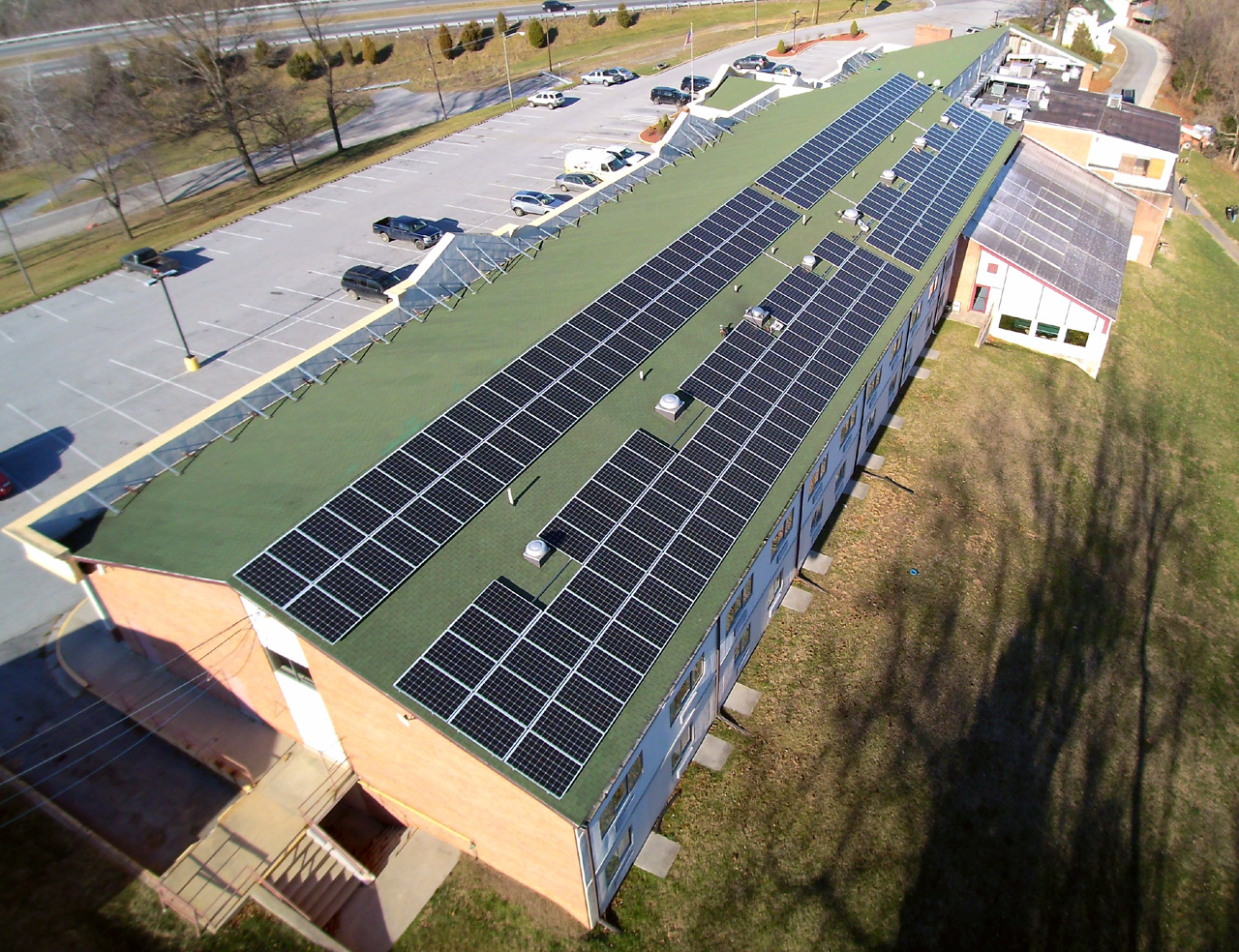
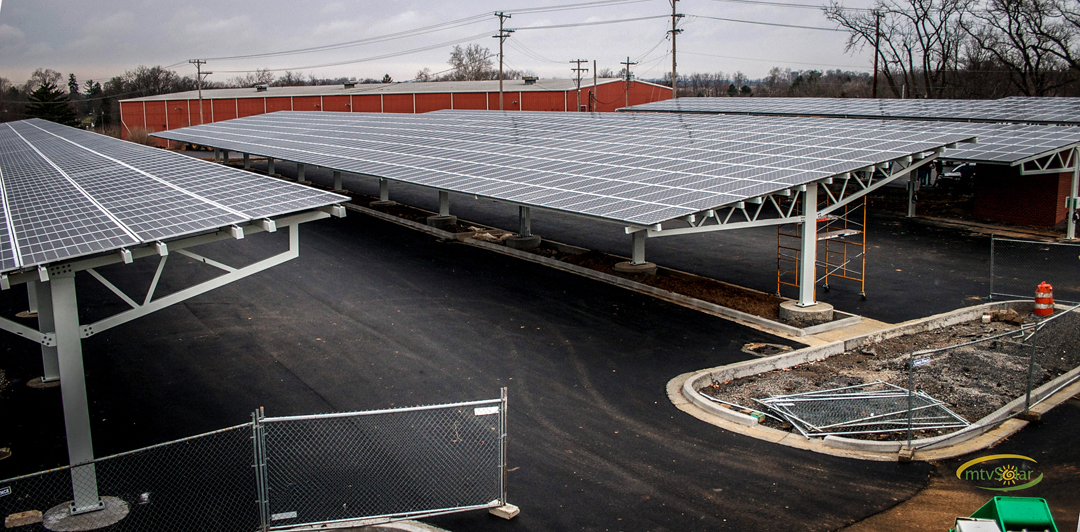 Businesses choosing not to make a capital investment in solar equipment, particularly those not in a position to take advantage of solar tax incentives, often elect one of two alternate routes to “going solar”:
Businesses choosing not to make a capital investment in solar equipment, particularly those not in a position to take advantage of solar tax incentives, often elect one of two alternate routes to “going solar”: 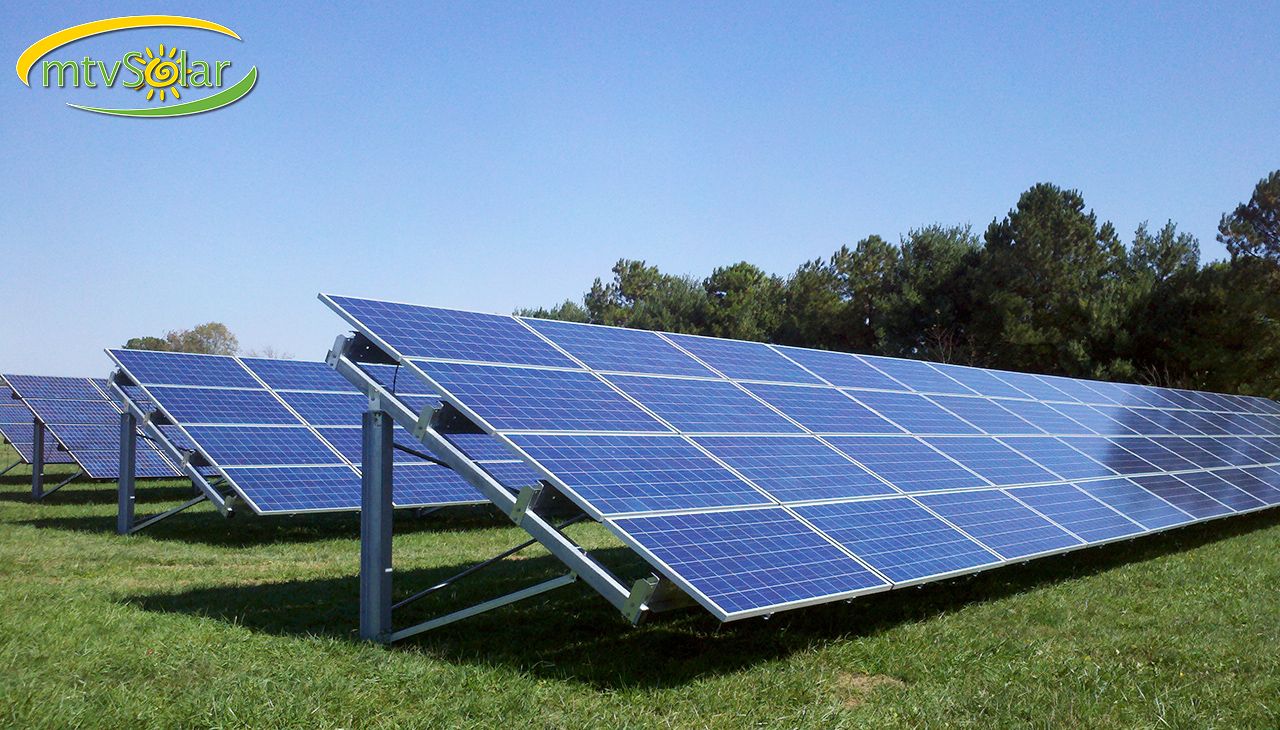
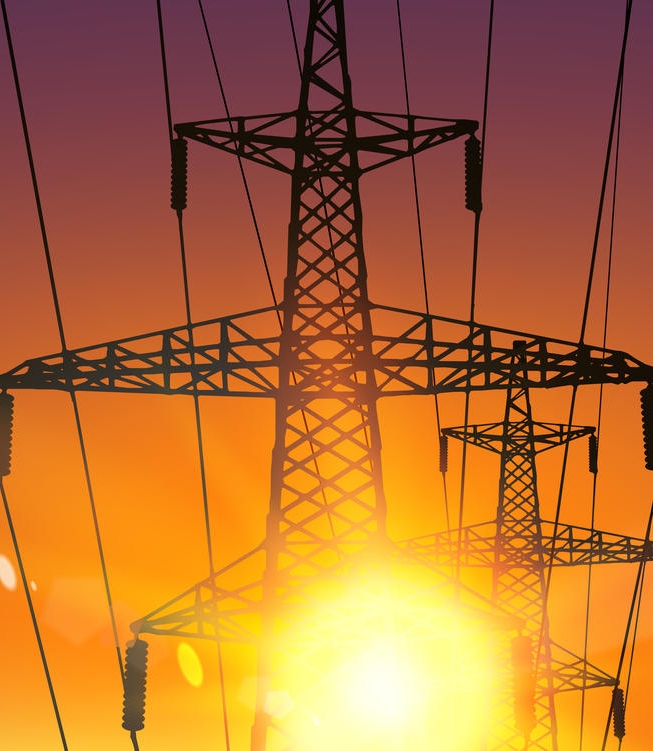 Power flows. While everyone is familiar with talking about power as if it were a river with terms like “flow”, and “current”, most people don’t actually realize what this means in terms of getting power to everyone or how the power gets from the generation plants to homes and businesses. Power is not static like a block of material from which you can break off a little when you need it. It flows like a river. The power lines between you and the nearest plants are enormous channels of power and each street light, home, and business is like a small stream that diverts a little of the nearby flow. That power then comes in through your breaker box and is split further to your outlets where it is used up by your appliances which turn it into work and heat. Normally each little stream has an unnoticeable effect on the overall river of power that supplies your neighborhood and town, but what happens when every home or office suddenly starts needing more than their usual share?
Power flows. While everyone is familiar with talking about power as if it were a river with terms like “flow”, and “current”, most people don’t actually realize what this means in terms of getting power to everyone or how the power gets from the generation plants to homes and businesses. Power is not static like a block of material from which you can break off a little when you need it. It flows like a river. The power lines between you and the nearest plants are enormous channels of power and each street light, home, and business is like a small stream that diverts a little of the nearby flow. That power then comes in through your breaker box and is split further to your outlets where it is used up by your appliances which turn it into work and heat. Normally each little stream has an unnoticeable effect on the overall river of power that supplies your neighborhood and town, but what happens when every home or office suddenly starts needing more than their usual share?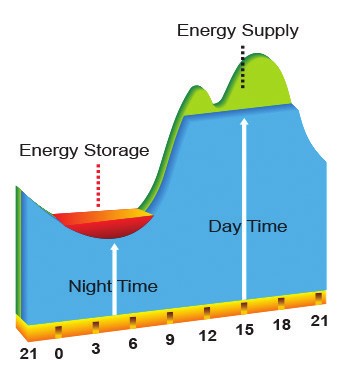 Of course, we mentioned earlier that you could reduce your demand charges without even reducing your power use and that wasn’t a red-herring. The key is to provide some of your own power to your building so as to reduce your peak demand. Hospitals and manufacturing facilities have done this with their backup-generator for the savings, but this isn’t exactly green energy. The environmentally friendly solution is solar panels and batteries. While solar alone can
Of course, we mentioned earlier that you could reduce your demand charges without even reducing your power use and that wasn’t a red-herring. The key is to provide some of your own power to your building so as to reduce your peak demand. Hospitals and manufacturing facilities have done this with their backup-generator for the savings, but this isn’t exactly green energy. The environmentally friendly solution is solar panels and batteries. While solar alone can 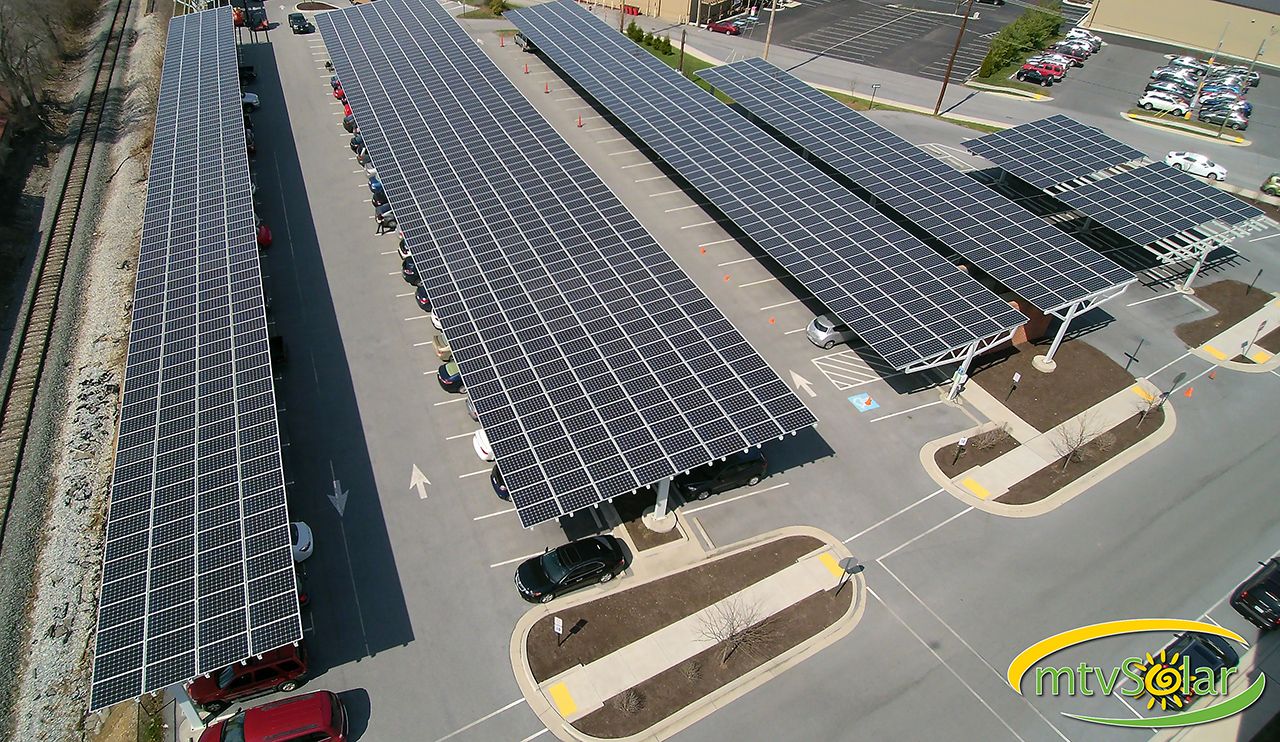
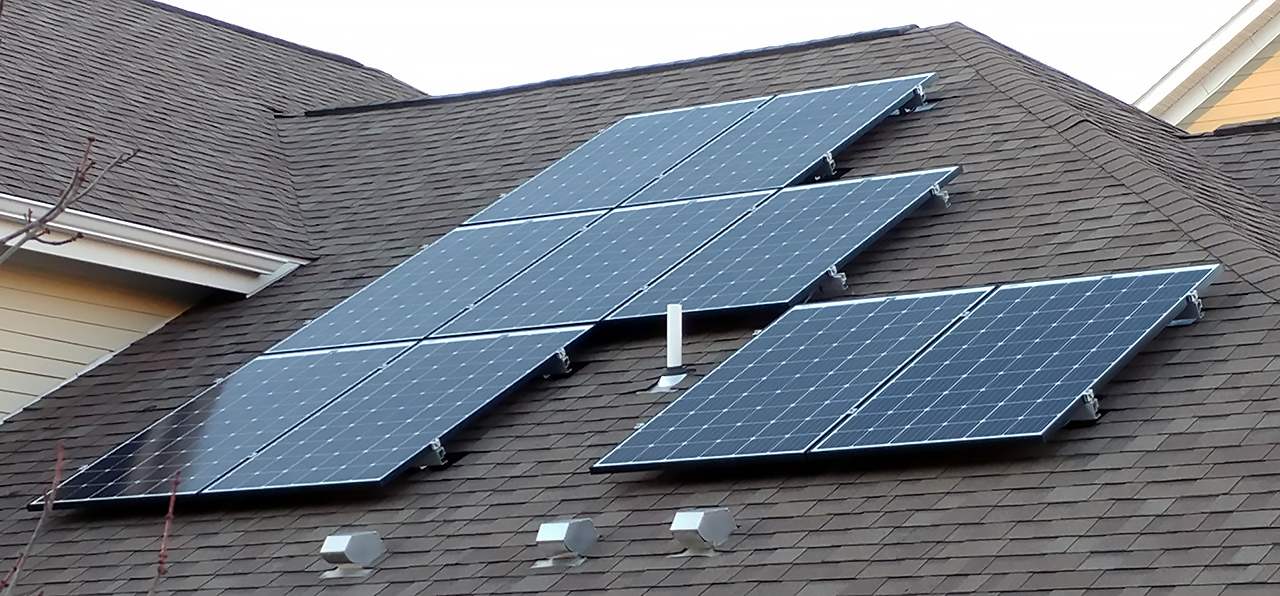 If you have ever taken out a mortgage to buy a home, used a home equity line of credit (“HELOC”) to pay for renovations, or paid for just about anything with a credit card, you already have a basic idea of how financing the purchase of a solar installation can work. In the simplest sense, you go to a lender and apply for a loan that is either secured by your property or the solar equipment itself (like a mortgage loan or HELOC) or unsecured (like a credit card).
If you have ever taken out a mortgage to buy a home, used a home equity line of credit (“HELOC”) to pay for renovations, or paid for just about anything with a credit card, you already have a basic idea of how financing the purchase of a solar installation can work. In the simplest sense, you go to a lender and apply for a loan that is either secured by your property or the solar equipment itself (like a mortgage loan or HELOC) or unsecured (like a credit card).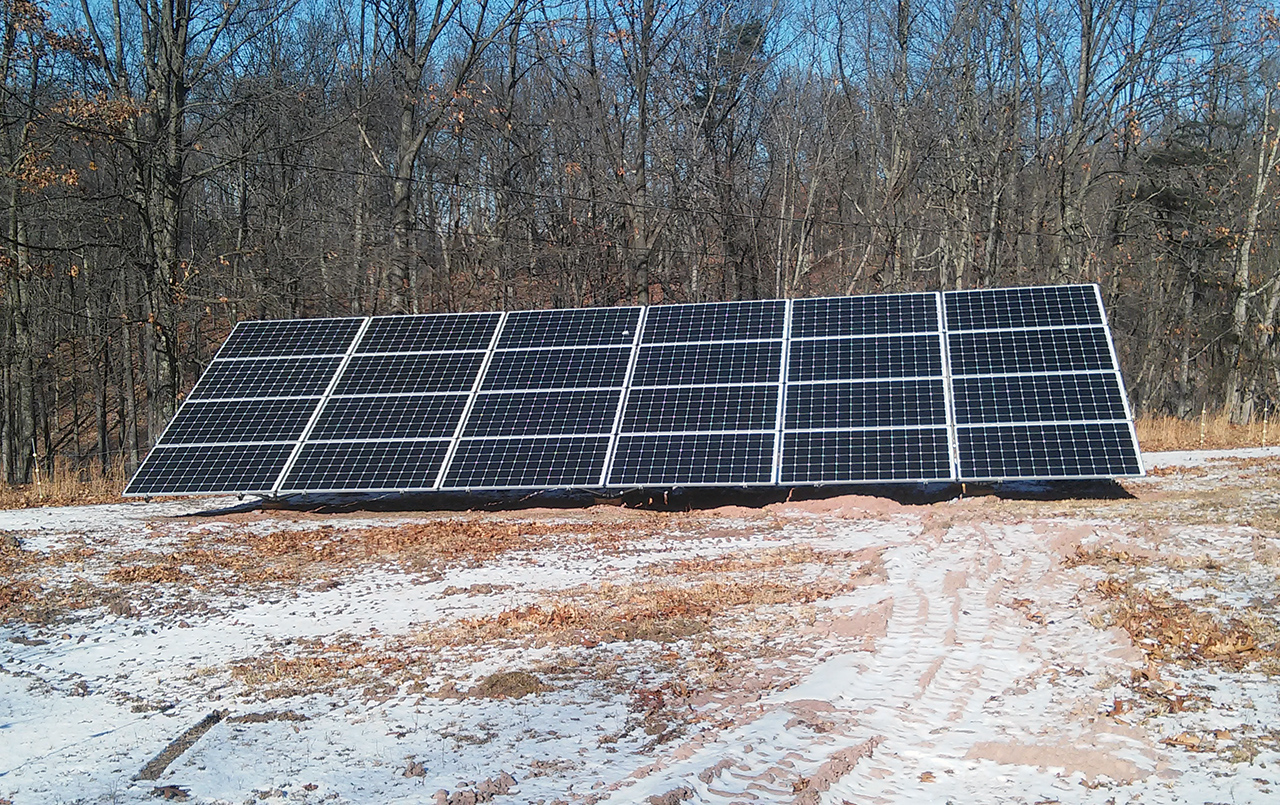 Let’s put it in practical terms. Say the upfront cost of the right solar installation for your property is $12,000 after tax credits (you should use your 30% tax credit to pay down the principle as soon as you get it). And, say your electricity bill currently runs you $1,200 per year ($100/month). If your loan were interest-free and electricity costs stayed steady, your solar system would pay for itself after 10 years (10 years X $1,200 = $12,000). Of course, your loan won’t be interest-free, so when you take the added cost of interest into account it could take a couple more years to reach “break even” assuming electricity rates stayed steady.
Let’s put it in practical terms. Say the upfront cost of the right solar installation for your property is $12,000 after tax credits (you should use your 30% tax credit to pay down the principle as soon as you get it). And, say your electricity bill currently runs you $1,200 per year ($100/month). If your loan were interest-free and electricity costs stayed steady, your solar system would pay for itself after 10 years (10 years X $1,200 = $12,000). Of course, your loan won’t be interest-free, so when you take the added cost of interest into account it could take a couple more years to reach “break even” assuming electricity rates stayed steady.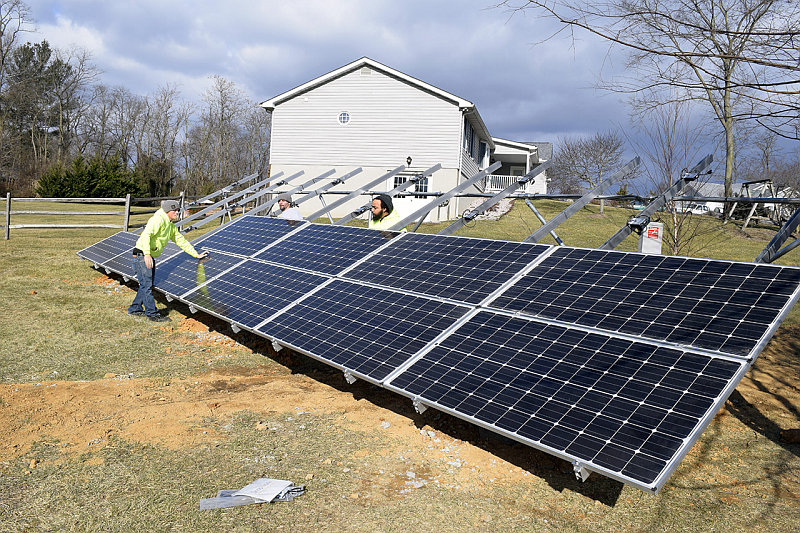 Solar energy has been around for a long time, but it still seems “new” to many consumers. At Mountain View Solar, we’ve found that there can even be doubts and disagreements within households over whether taking the perceived financial risk of a solar loan makes sense. Addressing those concerns is one reason why we’re always happy to conduct a free, no-pressure evaluation of the suitability of your home for a solar installation, and to walk you through the economics of your particular needs based upon current estimates of energy, equipment, and interest costs.
Solar energy has been around for a long time, but it still seems “new” to many consumers. At Mountain View Solar, we’ve found that there can even be doubts and disagreements within households over whether taking the perceived financial risk of a solar loan makes sense. Addressing those concerns is one reason why we’re always happy to conduct a free, no-pressure evaluation of the suitability of your home for a solar installation, and to walk you through the economics of your particular needs based upon current estimates of energy, equipment, and interest costs.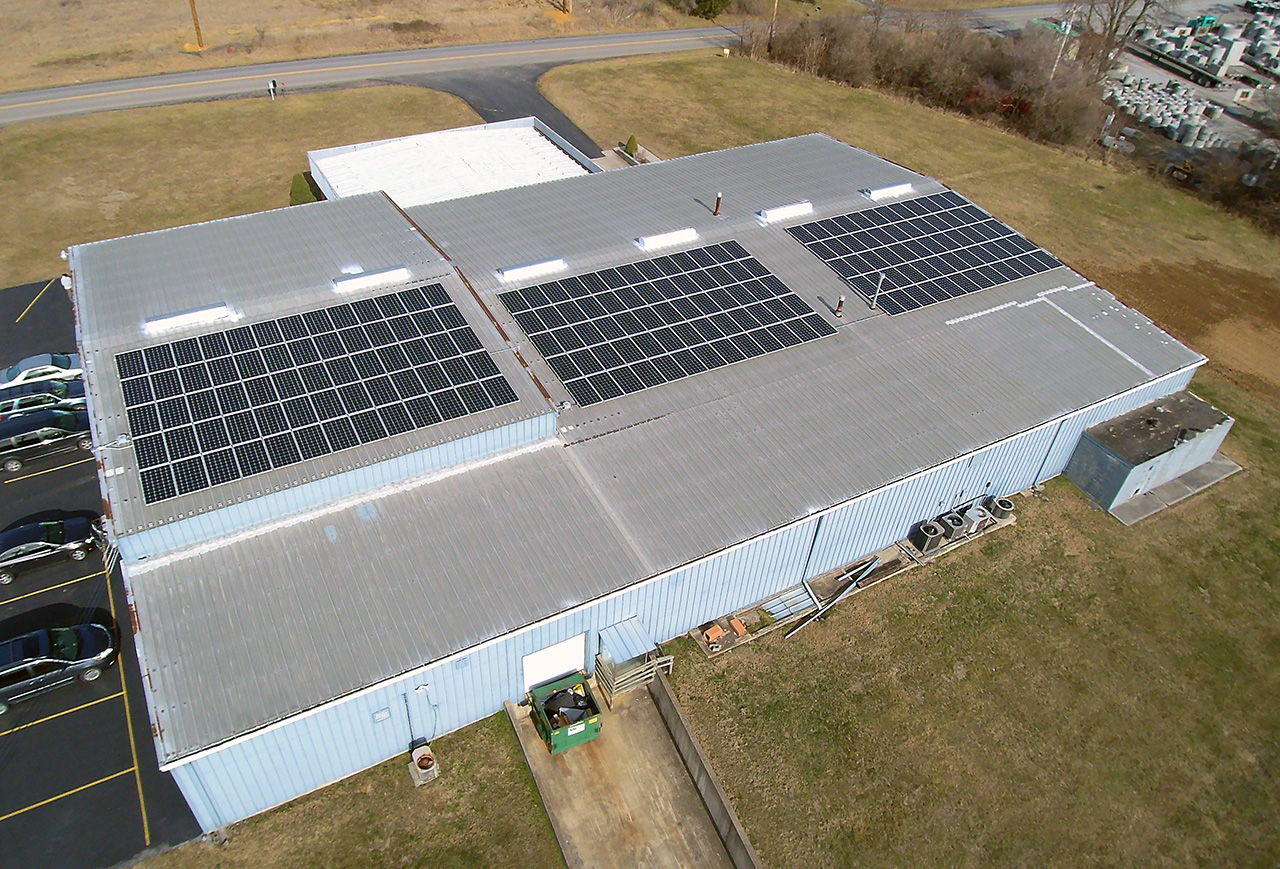
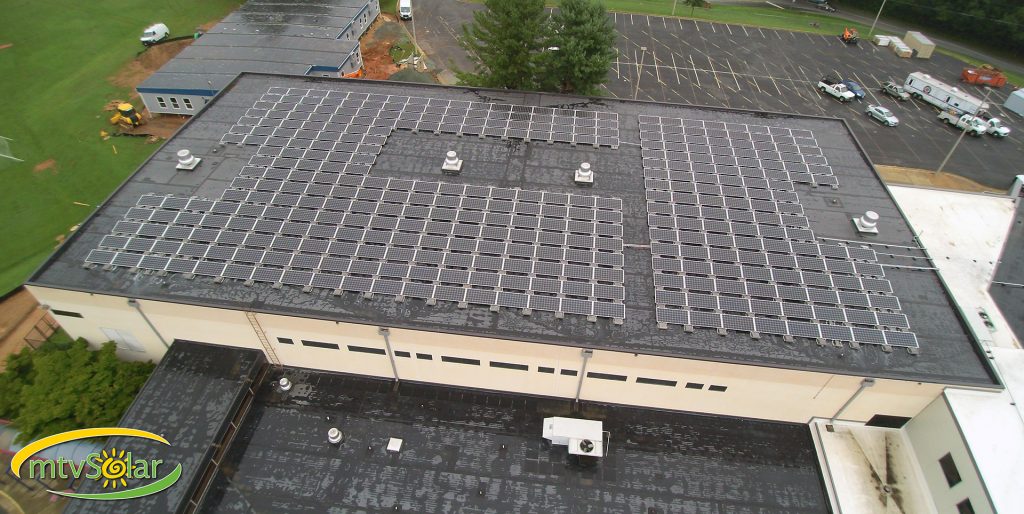 Are you tired of paying half your power bill in demand charges? If you’re ready to reduce your use of the increasingly expensive power grid with a solar and storage solution of your own, the savings on demand charges alone can
Are you tired of paying half your power bill in demand charges? If you’re ready to reduce your use of the increasingly expensive power grid with a solar and storage solution of your own, the savings on demand charges alone can 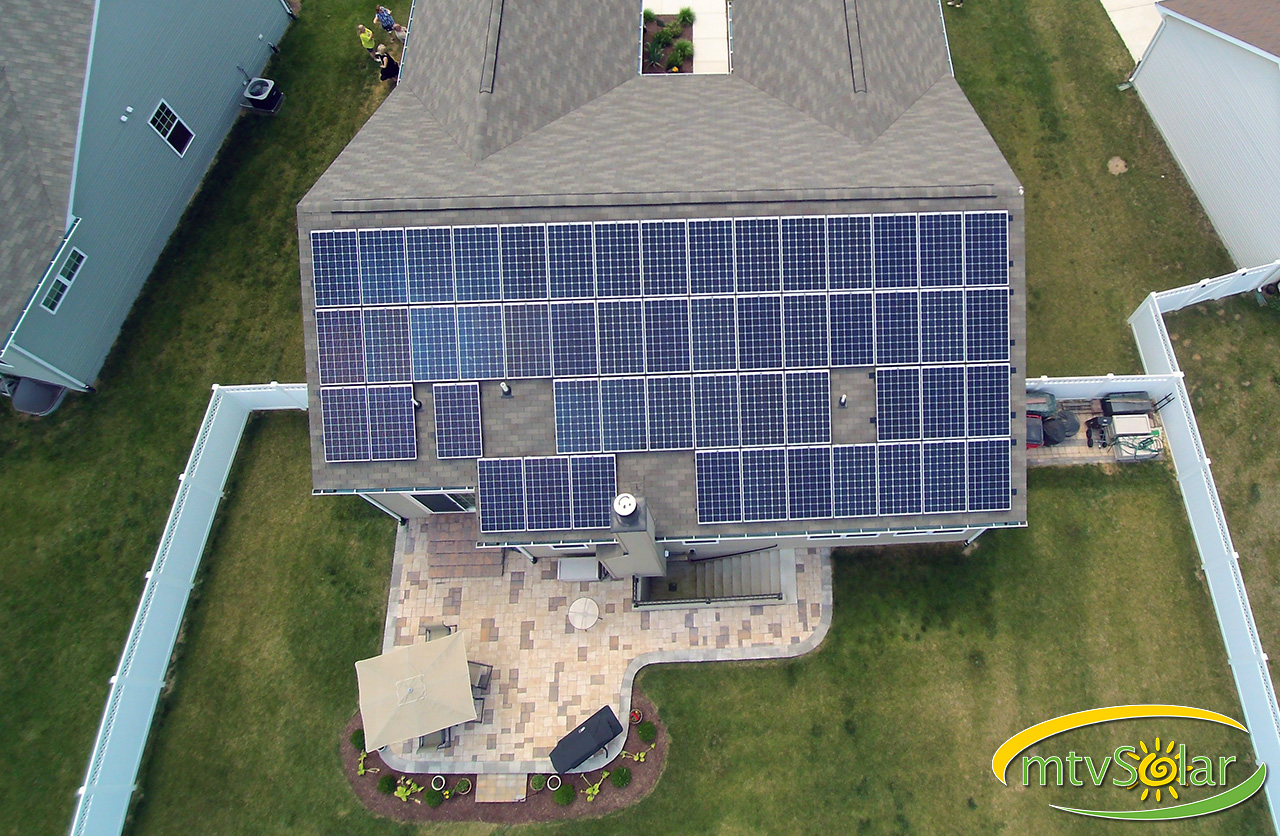
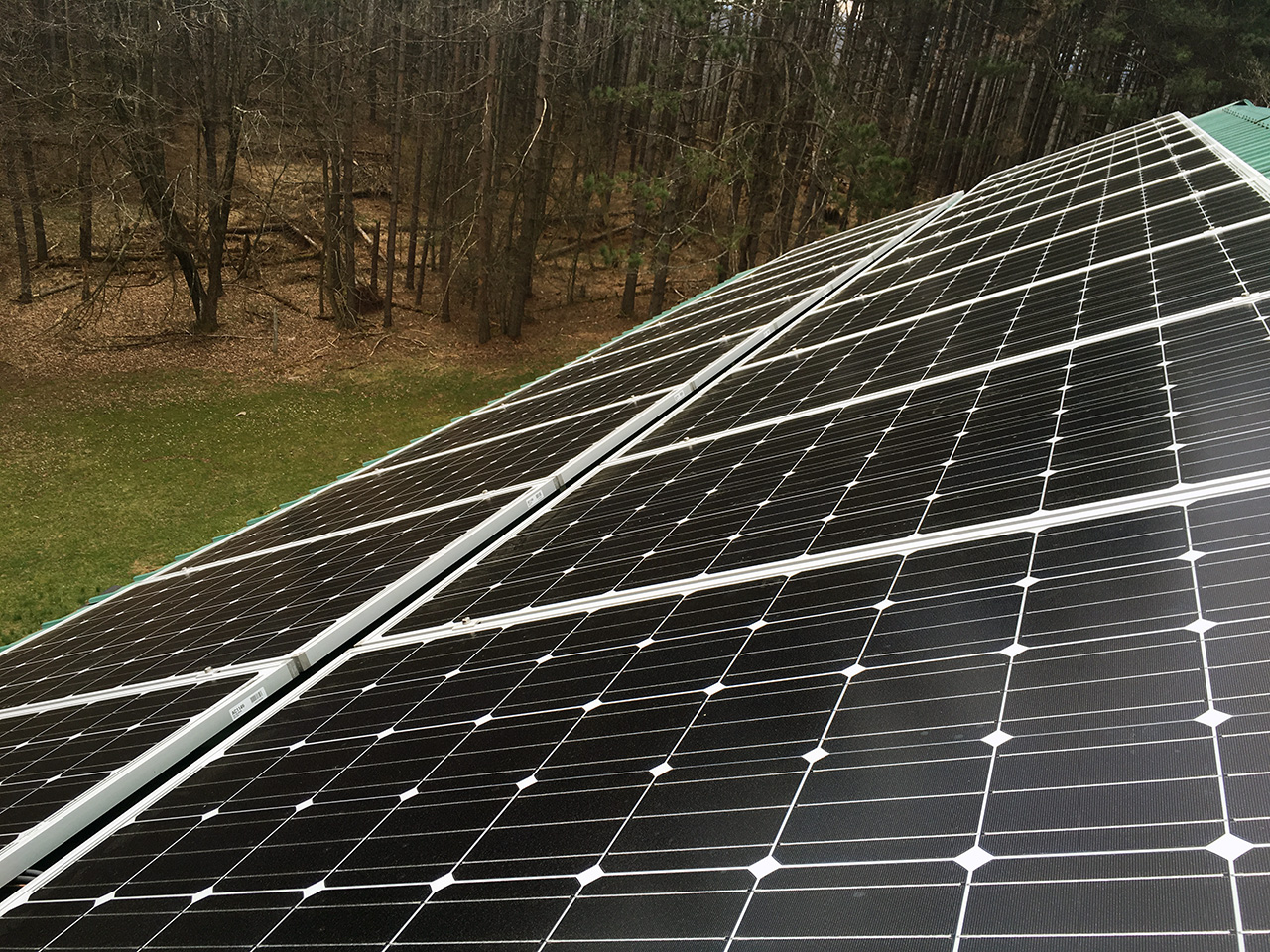 Like all warranties, solar system warranties are heavy with boilerplate legal jargon that often make it difficult to isolate the key points that directly relate to your investment. Here we’ve tried to make that process easier for you.
Like all warranties, solar system warranties are heavy with boilerplate legal jargon that often make it difficult to isolate the key points that directly relate to your investment. Here we’ve tried to make that process easier for you.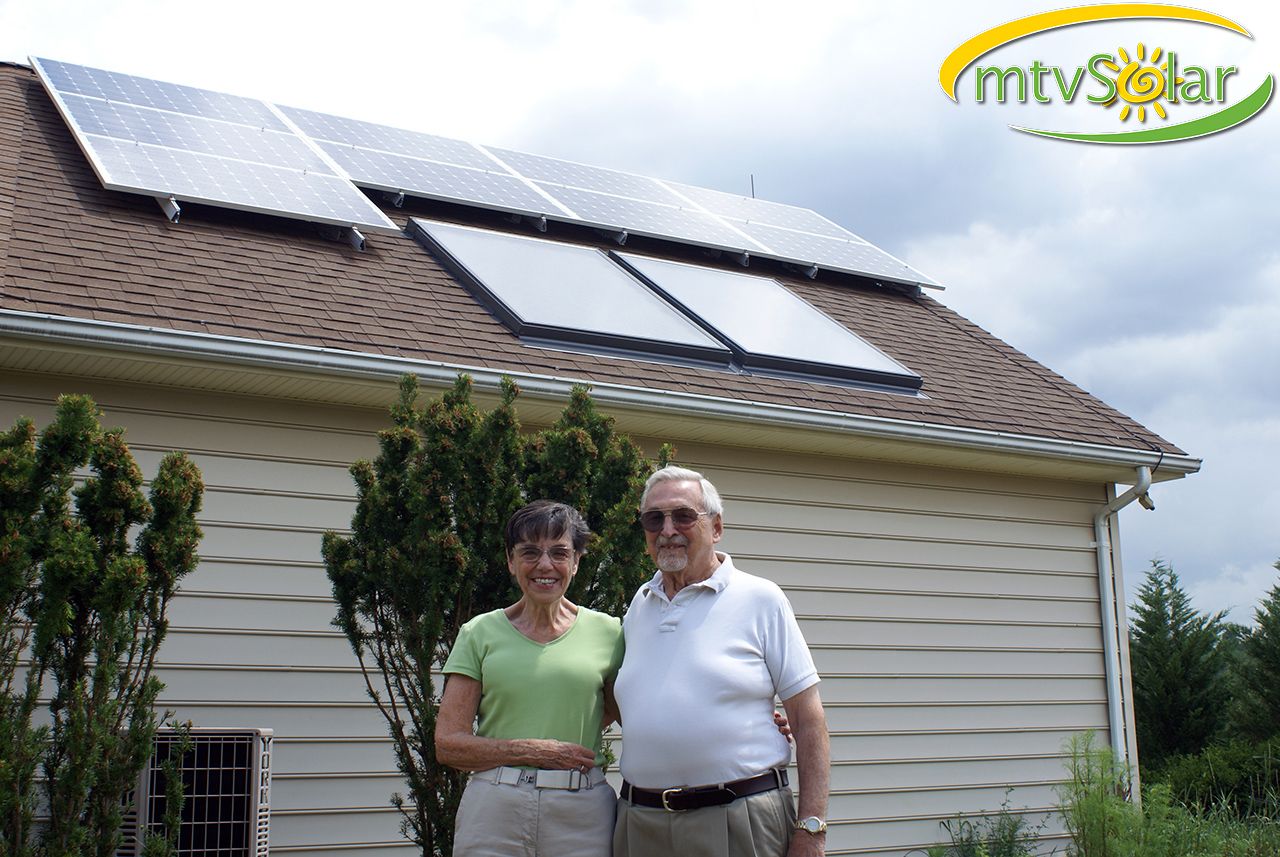
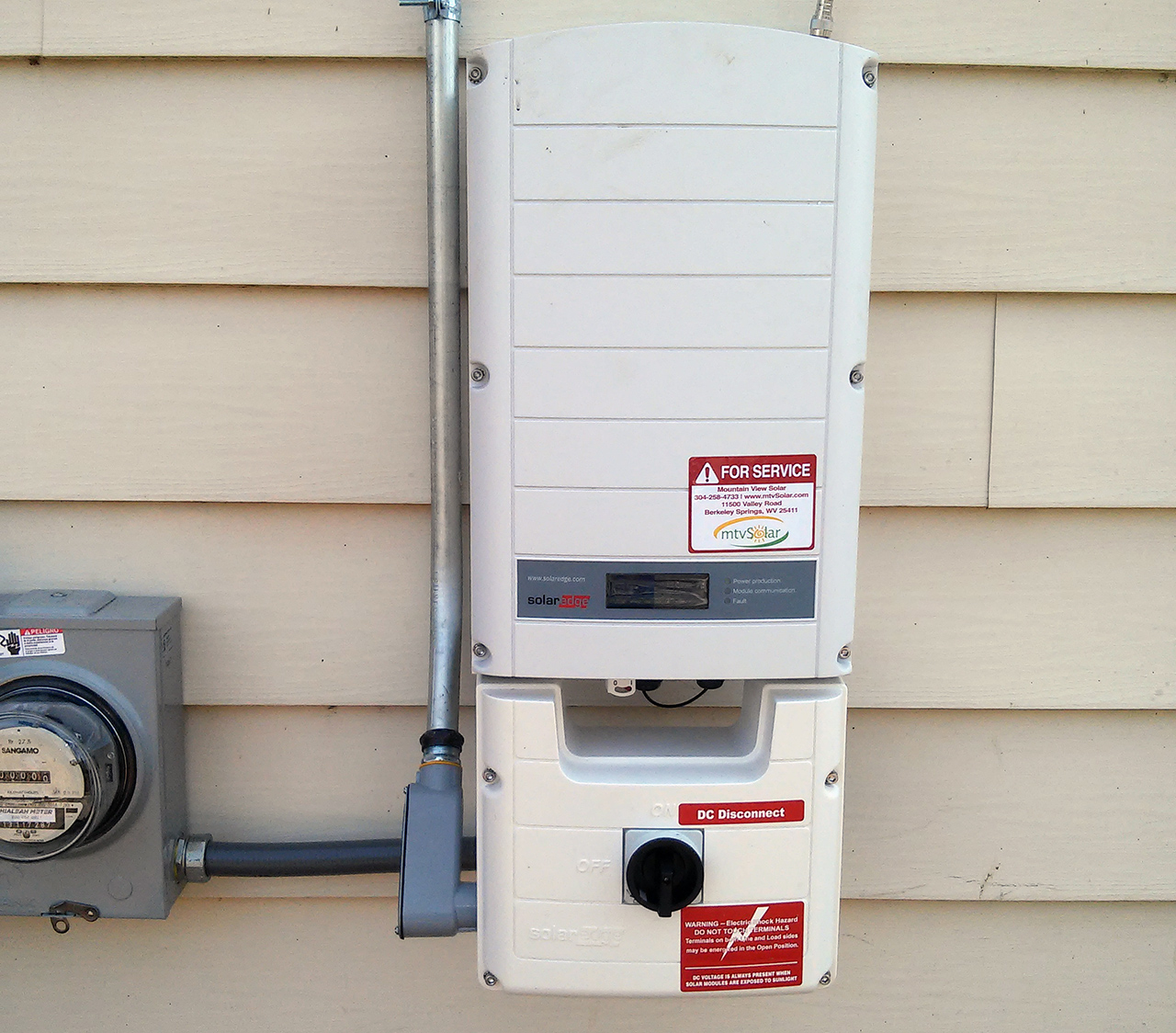 The amount of electricity produced by a high-functioning solar system can be amazing, but the raw power can also bring safety issues if not properly installed and managed. The good news is that there are some excellent companies that provide the type of monitoring that will ensure your PV system is both safe and functioning at the highest level possible. One of the very best in the space is SolarEdge, a world-renowned inverter and power optimizer platform that drastically improves the safety and efficiency of any solar array.
The amount of electricity produced by a high-functioning solar system can be amazing, but the raw power can also bring safety issues if not properly installed and managed. The good news is that there are some excellent companies that provide the type of monitoring that will ensure your PV system is both safe and functioning at the highest level possible. One of the very best in the space is SolarEdge, a world-renowned inverter and power optimizer platform that drastically improves the safety and efficiency of any solar array.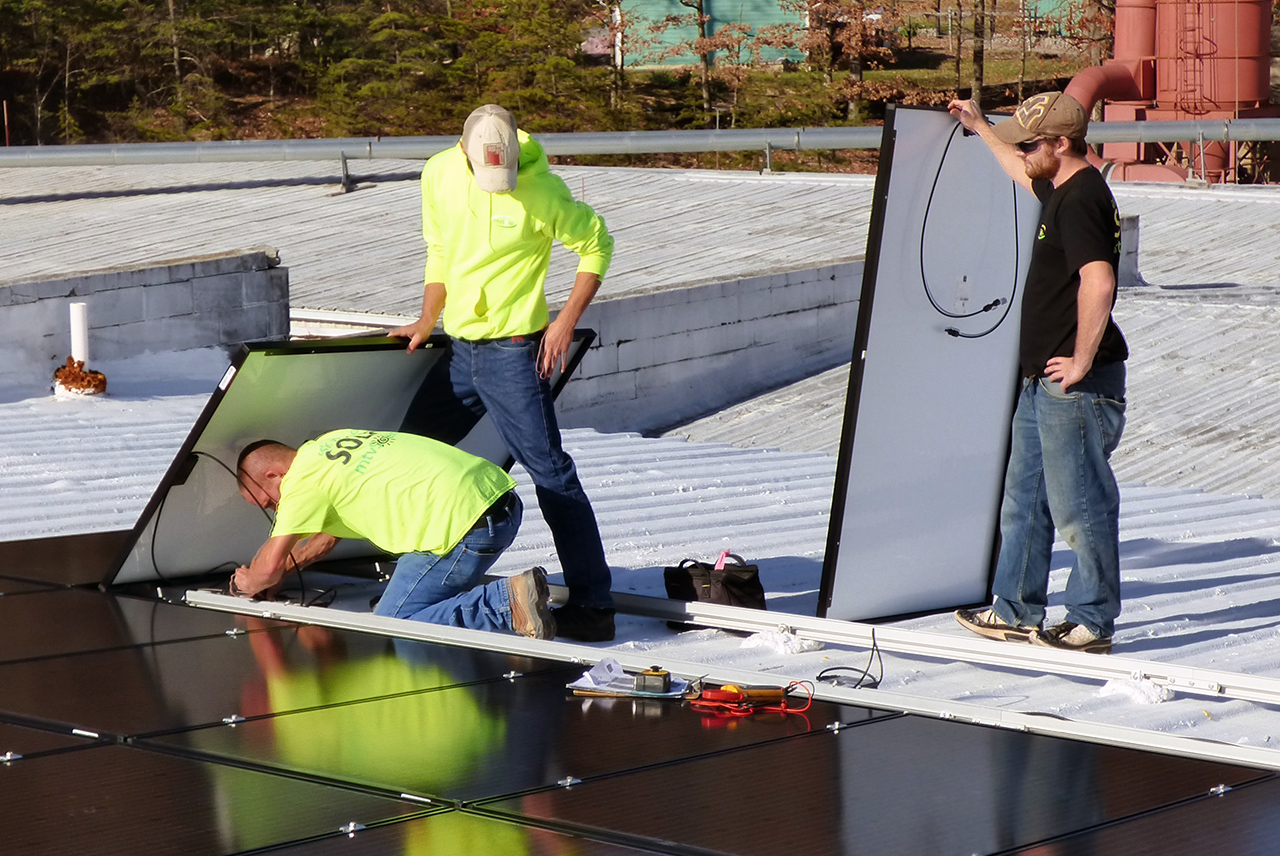 Cutting corners happens in a lot of different industries, but it can have dire consequences when it comes to solar power thanks to the complexities that go hand in hand with an electrical installation. The race to the bottom in the solar industry has led to some short lived companies coming and going over the years. For starters, having a company that only uses
Cutting corners happens in a lot of different industries, but it can have dire consequences when it comes to solar power thanks to the complexities that go hand in hand with an electrical installation. The race to the bottom in the solar industry has led to some short lived companies coming and going over the years. For starters, having a company that only uses 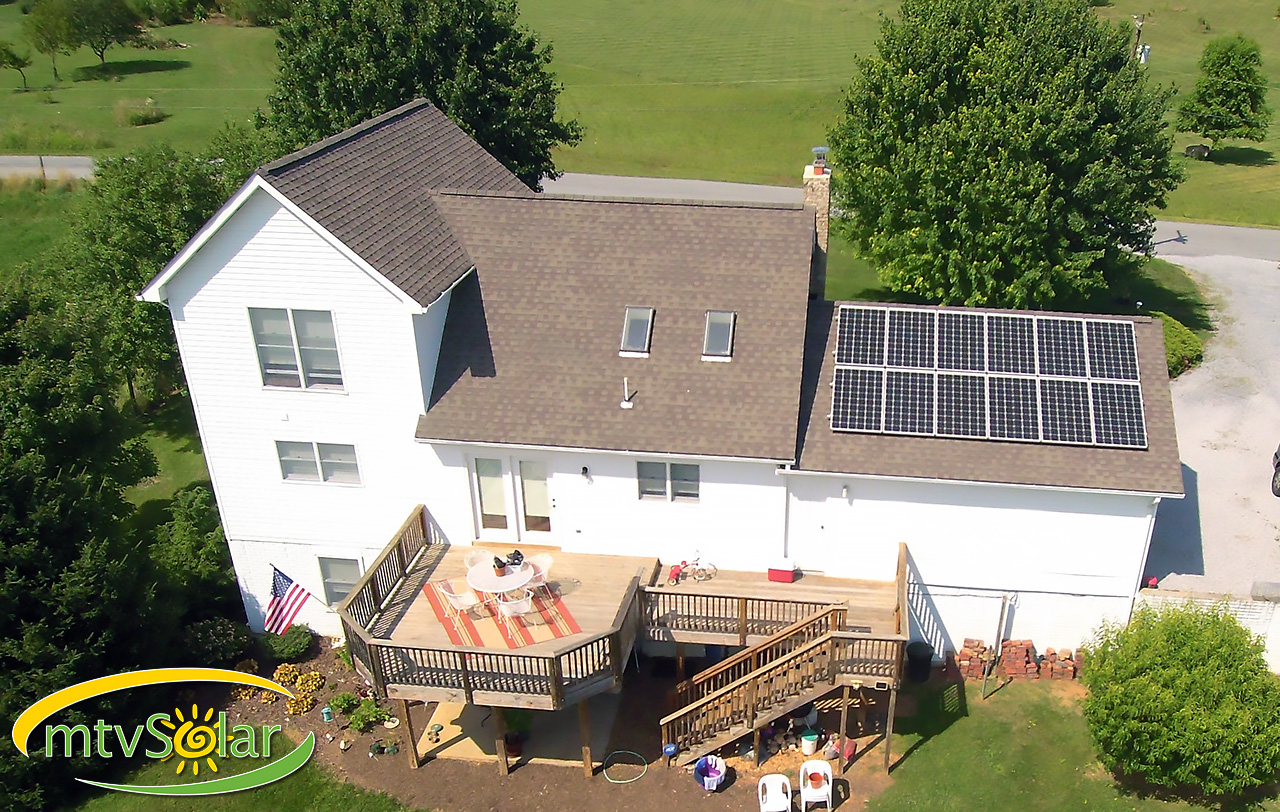
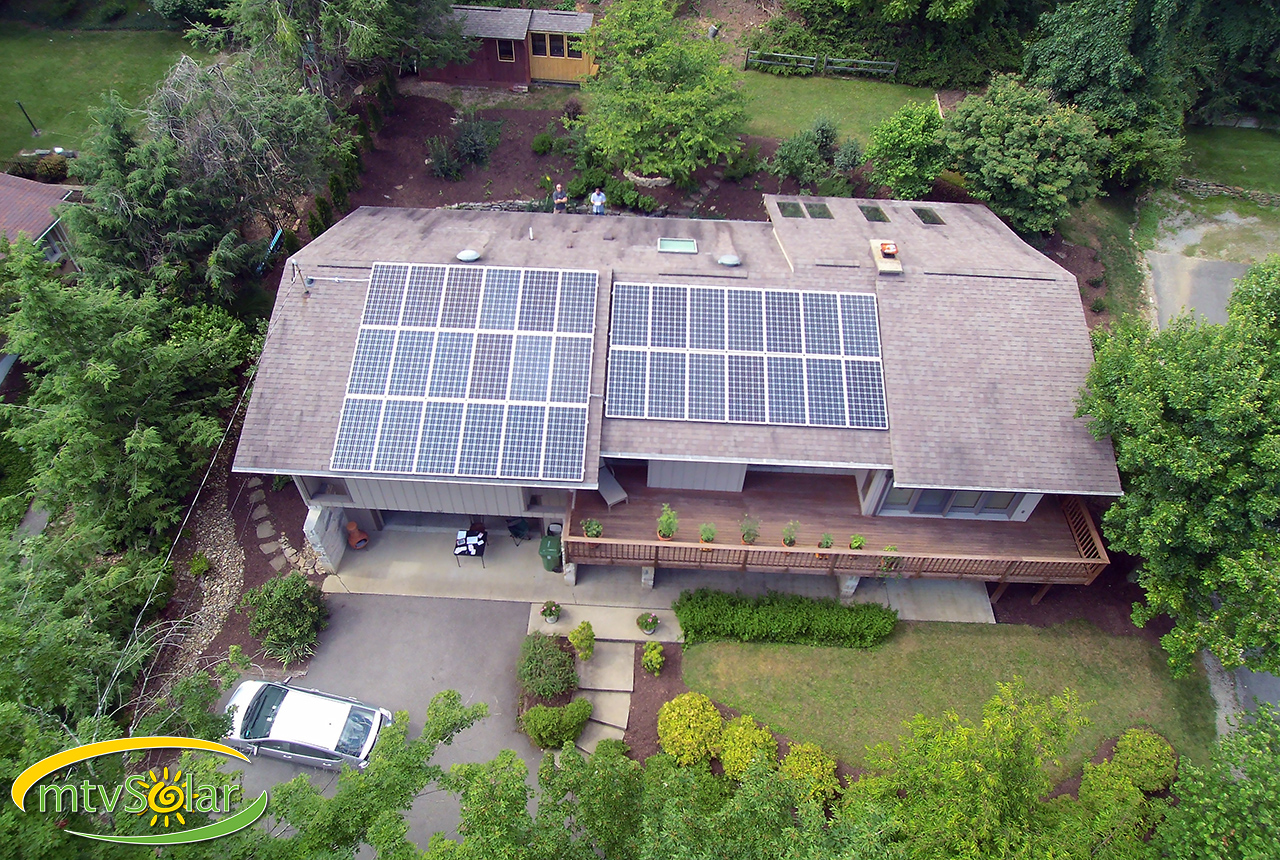 Right-to-Access Laws in Virginia
Right-to-Access Laws in Virginia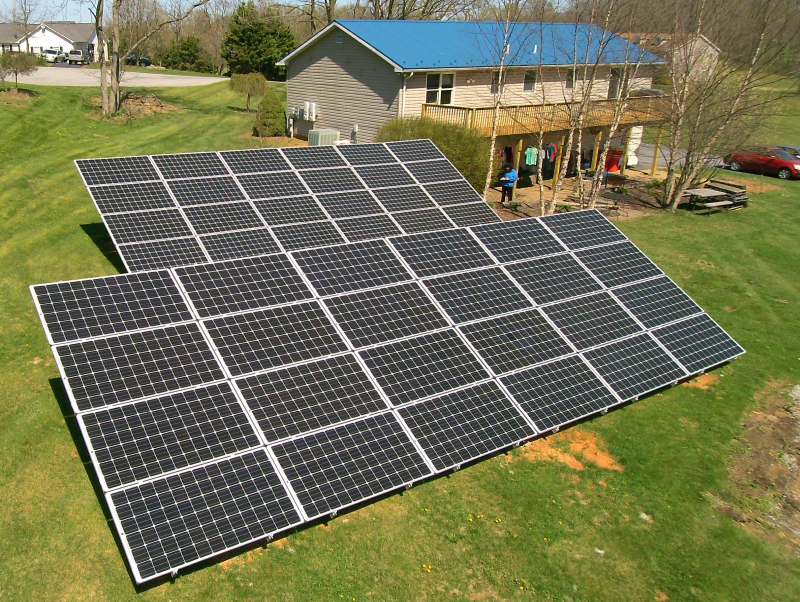 Right-to-Access Laws in Maryland
Right-to-Access Laws in Maryland